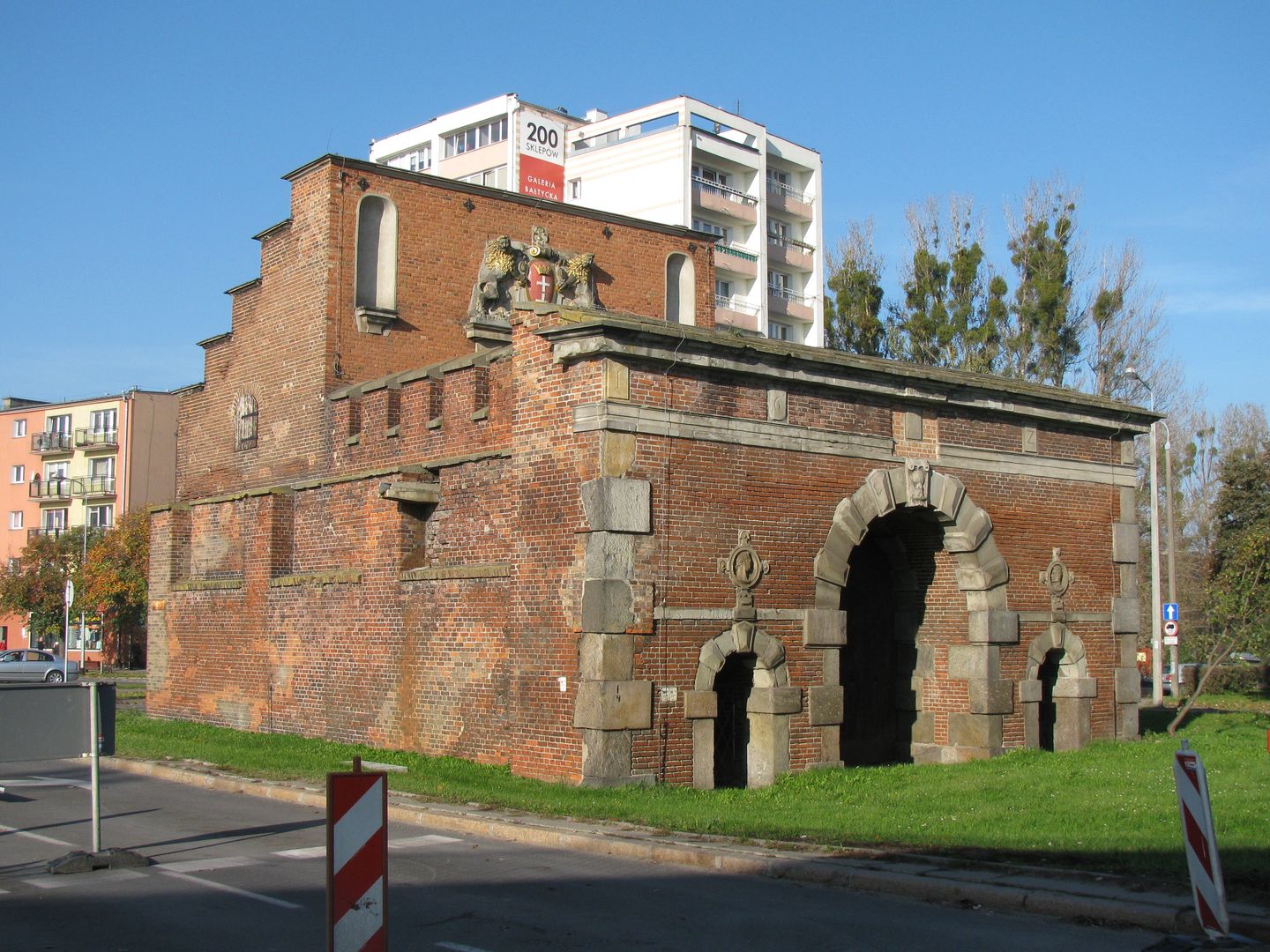Żuławska Gate
6.87

Overview
The Żuławska Gate, formerly known as the Długie Ogrody Gate, is a historic city gate in Gdańsk, located at the eastern edge of the city on Długie Ogrody Street. Built between 1623 and 1638 as part of a new defense strategy of the Polish-Lithuanian Commonwealth, it is an example of Old Dutch-style bastion architecture designed by the architect Jan Strakowski. The gate was erected in 1628 and adorned with a cartouche featuring the coat of arms of Gdańsk. Constructed from brick and sandstone, it was flanked by the "Lion" and "Ox" bastions, while the surrounding moat, formed by the Motława River's bypass, provided additional protection. The gate's structure included a central passageway and two side passages for pedestrians. Although the Żuławska Gate was less ornate than other gates in Gdańsk, its history is rich. Until the end of the 19th century, the surrounding earthen ramparts served a defensive purpose, but over time they became an obstacle to the city's development, leading to their removal. During World War II, the gate suffered minor damage but was restored in 1949. Today, known as the Żuławska Gate, it is often confused with the no-longer-existing Żuławska Gate built in Knipawa. The gate is part of Gdańsk's cultural heritage and stands as a testament to the region's military and architectural history.
Location
2025 Wizytor | All Rights Reserved